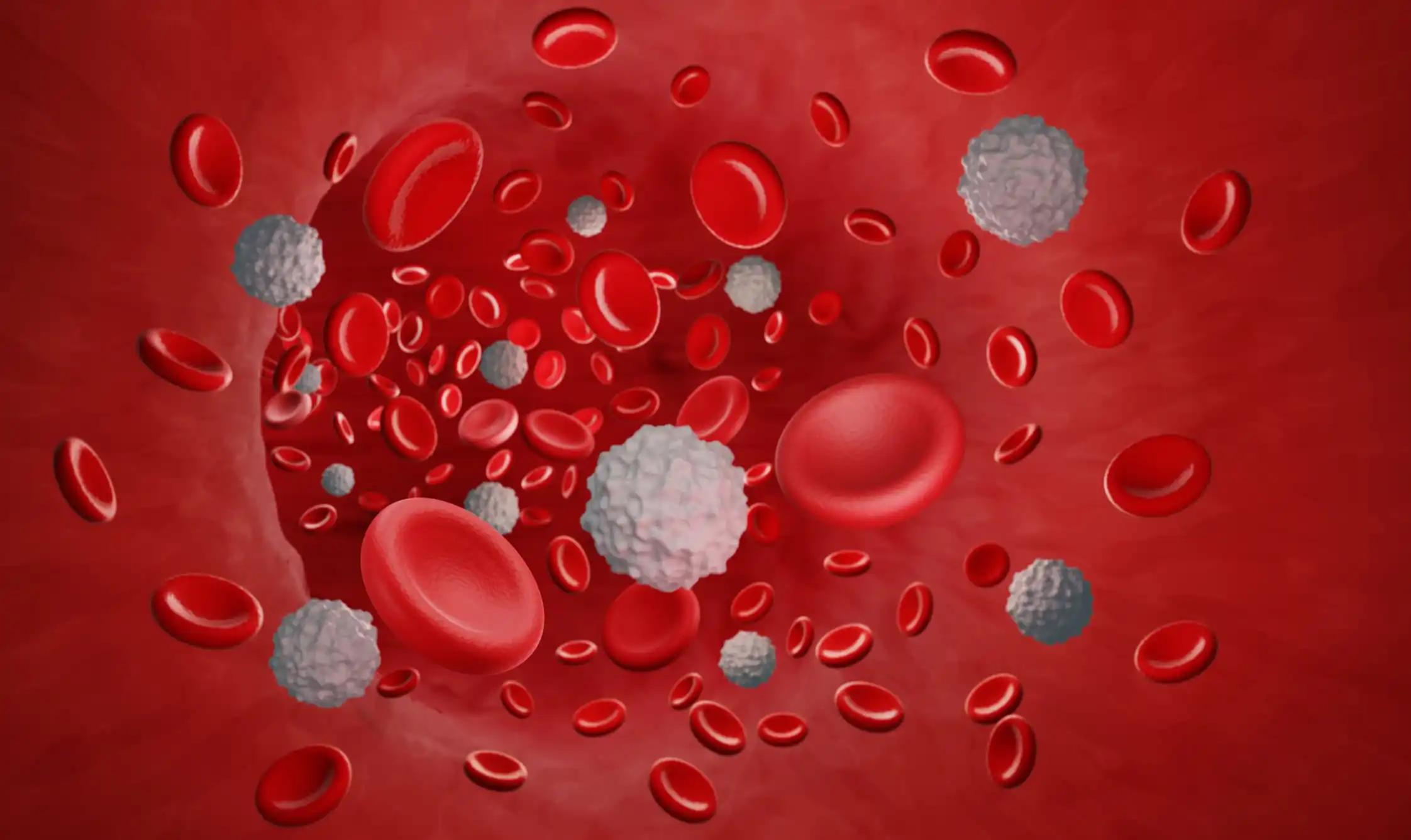KEY TAKEAWAYS
- The phase 2 study analyzes the 3-year OPTIC data to evaluate patient outcomes based on initial T315I mutation presence.
- The study’s primary endpoint was ≤1% BCR::ABL1IS at 12 months.
- The 3-year OPTIC update’s post hoc analysis showed strong, lasting efficacy and manageable safety for ponatinib across mutation groups.
Ponatinib is the sole BCR::ABL1-targeting tyrosine kinase inhibitor (TKI) currently approved for effectively inhibiting all known native and single resistance-mutation forms of BCR::ABL1, T315I included. The OPTIC trial is a Phase 2 study aimed at gauging the effectiveness and safety of ponatinib through an innovative response-based dose-adjustment approach in patients (pts) with chronic-phase chronic myeloid leukemia (CP-CML) who either have ≥2 TKI-resistant disease or carry the T315I mutation.
This study aims to conduct a post hoc evaluation of the OPTIC trial’s 3-year data, focusing on patient responses depending on their initial T315I mutation status.
Patients were divided into groups to start ponatinib at daily doses of 45, 30, or 15 mg. For those in the 45-mg and 30-mg groups, doses were lowered to 15 mg upon achieving ≤1% BCR::ABL1IS. The main objective was to achieve ≤1% BCR::ABL1IS at the 12-month. Kaplan-Meier methodology was used to estimate 36-month probabilities for progression-free survival (PFS) and overall survival (OS). Outcomes were assessed based on the initial T315I mutation status, determined through Sanger sequencing.
A total of 282 pts were administered ponatinib in equal divisions across the 45-mg, 30-mg, and 15-mg cohorts; 23.4% possessed the T315I mutation. The 45-mg cohort showed the highest percentage of pts achieving ≤1% BCR::ABL1IS at 36 months, with 60%, 64%, and 56% for pts with no mutation, T315I, and other mutations, respectively. In the T315I subgroup, 8 out of 25 and 2 out of 20 in the 45-mg and 30-mg cohorts had their dosage increased again after a loss of response; 75% and 50% of these regained ≤1% BCR::ABL1IS, respectively. The 45-mg cohort showed the highest 3-year PFS rate (75%) and OS rate (86%) among T315I pts. Grade ≥3 treatment-emergent side effects most commonly noted were thrombocytopenia (27%) and neutropenia (18%). Grade 3–4 arterial occlusive events (AOEs) occurred in 9%, 3%, and 10% of pts with no mutation, T315I, and other mutations, respectively.
This post hoc evaluation of the 3-year OPTIC data revealed strong long-term effectiveness and manageable safety risks for ponatinib across different mutation categories. Initiating treatment with a 45-mg dose of ponatinib, followed by a reduction to 15 mg upon reaching ≤1% BCR::ABL1IS, appeared to offer the best balance of benefits to risks, irrespective of mutation presence.
Source: https://clml-soho2023.elsevierdigitaledition.com/338/index.html
Clinical Trial: https://classic.clinicaltrials.gov/ct2/show/NCT02467270
Cortes, J., Deininger, M., Lomaia, E., Moiraghi, B., Sutton, M.U., Pavlovsky, C., Chuah, C., Sacha, T., Lipton, J.H., McCloskey, J., Rousselot, P., Rosti, G., de Lavallade, H., Rojas, C., Turkina, A., Talpaz, M., Mauro, M., Lu, V., Vorog, A., Apperley, J. CML-313 Post Hoc Analysis of Patient Responses by T315I Mutation Status From the 3-Year Update of the OPTIC Trial: A Dose-Optimization Study of 3 Starting Doses of Ponatinib.



